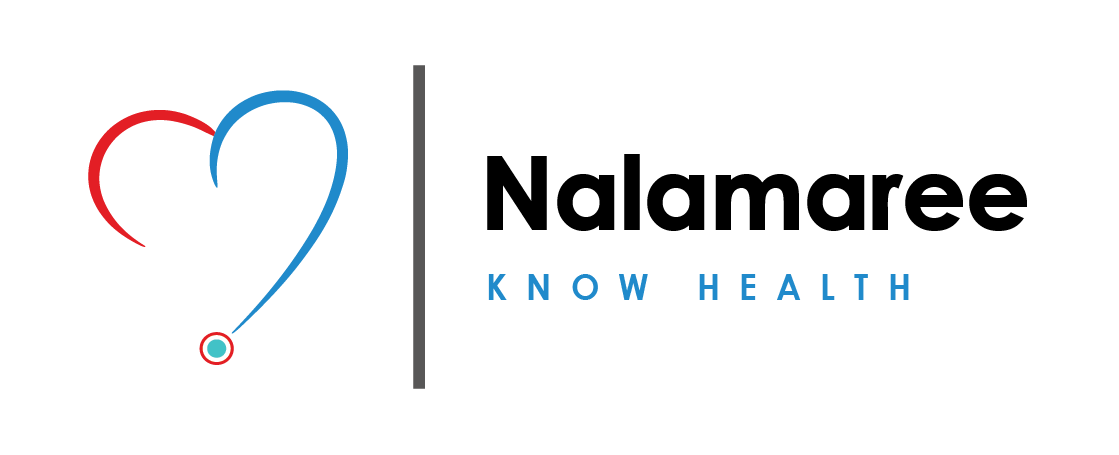COVID
-
 Nalamaree Team
Nalamaree Team
- 23 September 2025
Overview
Coronaviruses are a large family of viruses that can infect animals and humans. They can cause respiratory illnesses ranging from the common cold to more severe diseases such as COVID-19, Severe Acute Respiratory Syndrome (SARS), and Middle East Respiratory Syndrome (MERS). The term "corona" comes from the Latin word for crown, and it describes the appearance of the viral particles under a microscope, where they have spike-like projections resembling a crown.A novel coronavirus (COVID-19) was identified in 2019 in Wuhan, China.
Causes
It appears there might be some confusion or a misunderstanding in your question. It seems like you're asking about the method or mechanism by which COVID-19, the disease caused by the SARS-CoV-2 virus, is transmitted.
The primary mode of transmission for COVID-19 is through respiratory droplets when an infected person coughs, sneezes, talks, or breathes. These droplets can land in the mouths, noses, or eyes of people who are nearby or possibly be inhaled into their lungs. This is why close contact with an infected person is one of the main ways the virus spreads.
Additionally, COVID-19 can also spread by touching surfaces or objects contaminated with the virus, and then touching one's face, particularly the mouth, nose, or eyes. However, this is not considered the primary way the virus spreads, but it can still contribute to transmission, especially in environments where people are in close proximity to each other.
Symptoms
Some individuals may remain asymptomatic, meaning they do not show any symptoms, while others may develop a combination of symptoms. Common symptoms of COVID-19 include:
Treatment: Modern Medicine
Antiviral Medications: Various antiviral medications have been studied and used to treat COVID-19. Remdesivir, for example, is an antiviral drug that has been authorized for emergency use in some countries to treat hospitalized patients with severe COVID-19. Other antiviral drugs such as molnupiravir have also been developed and authorized for emergency use.
Monoclonal Antibodies: Monoclonal antibodies are laboratory-made proteins that mimic the immune system's ability to fight off harmful pathogens such as viruses. Several monoclonal antibody treatments have been authorized for emergency use to treat mild to moderate cases of COVID-19 in high-risk individuals, such as those who are elderly or have underlying health conditions.
Corticosteroids: Corticosteroids, such as dexamethasone and prednisone, have been used to reduce inflammation and suppress the immune response in patients with severe COVID-19. These medications have been shown to improve outcomes in hospitalized patients requiring supplemental oxygen or mechanical ventilation.
Anticoagulants: COVID-19 can increase the risk of blood clots and thrombosis, particularly in severely ill patients. Anticoagulant medications, such as heparin or low molecular weight heparin, may be used to prevent or treat blood clots in hospitalized patients with COVID-19.
Oxygen Therapy and Ventilation: In cases of severe respiratory distress, supplemental oxygen therapy may be administered to help patients breathe more easily. In some cases, mechanical ventilation may be necessary to support patients with acute respiratory failure.
Treatment: Traditional Medicine
Caution
- Transmission: COVID-19 primarily spreads through respiratory droplets when an infected person coughs, sneezes, talks, or breathes. It can also spread by touching surfaces or objects contaminated with the virus and then touching one's face, particularly the mouth, nose, or eyes
- Severity: While many people with COVID-19 experience mild to moderate symptoms and recover without requiring hospitalization, others may develop severe illness, particularly older adults and those with underlying health conditions such as heart disease, diabetes, obesity, or compromised immune systems. Severe cases of COVID-19 can lead to pneumonia, acute respiratory distress syndrome (ARDS), organ failure, and death.
- Variants: The virus that causes COVID-19 can mutate over time, leading to the emergence of new variants. Some variants may spread more easily or have different characteristics, such as increased transmissibility or potential evasion of immunity from previous infection or vaccination. Ongoing surveillance, research, and vaccination efforts are essential to monitor and control the spread of variants.
Prevention
Preventive measures are crucial in reducing the spread of COVID-19. Practicing good hygiene by washing hands frequently with soap and water or using hand sanitizer with at least 60% alcohol.

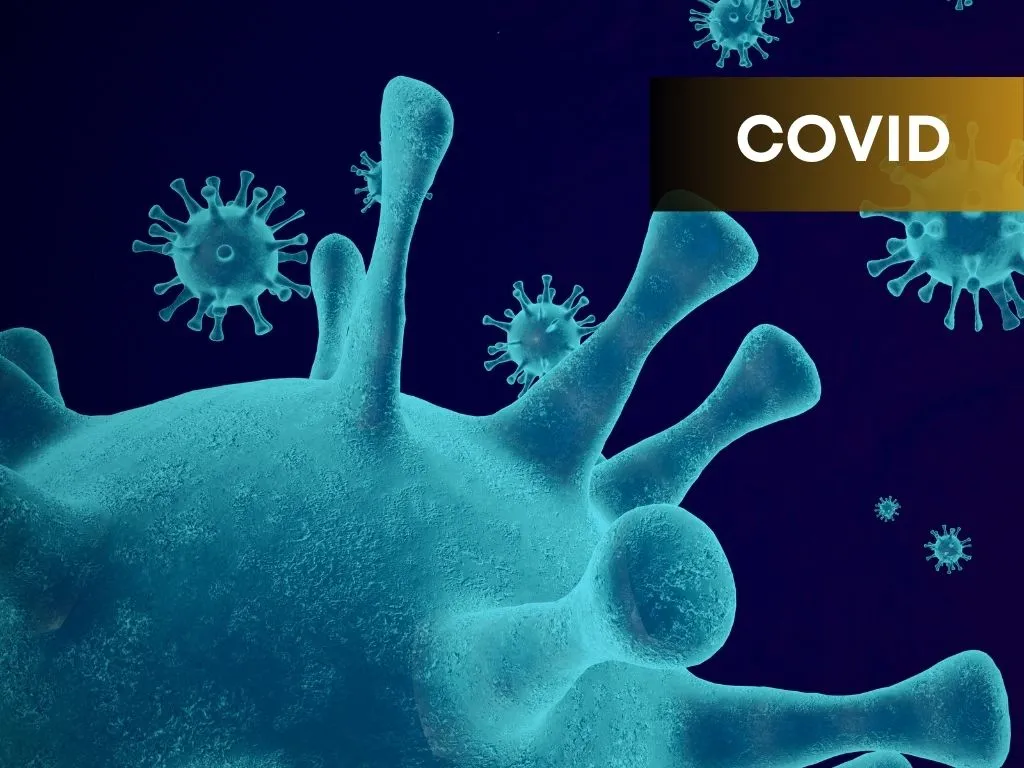
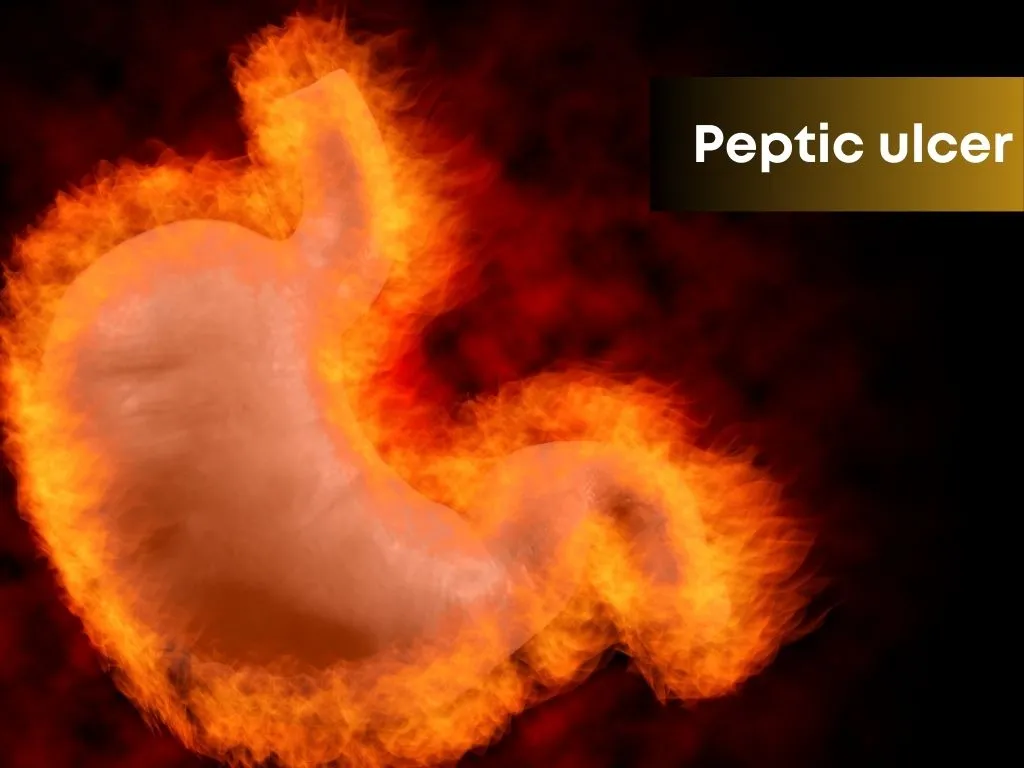
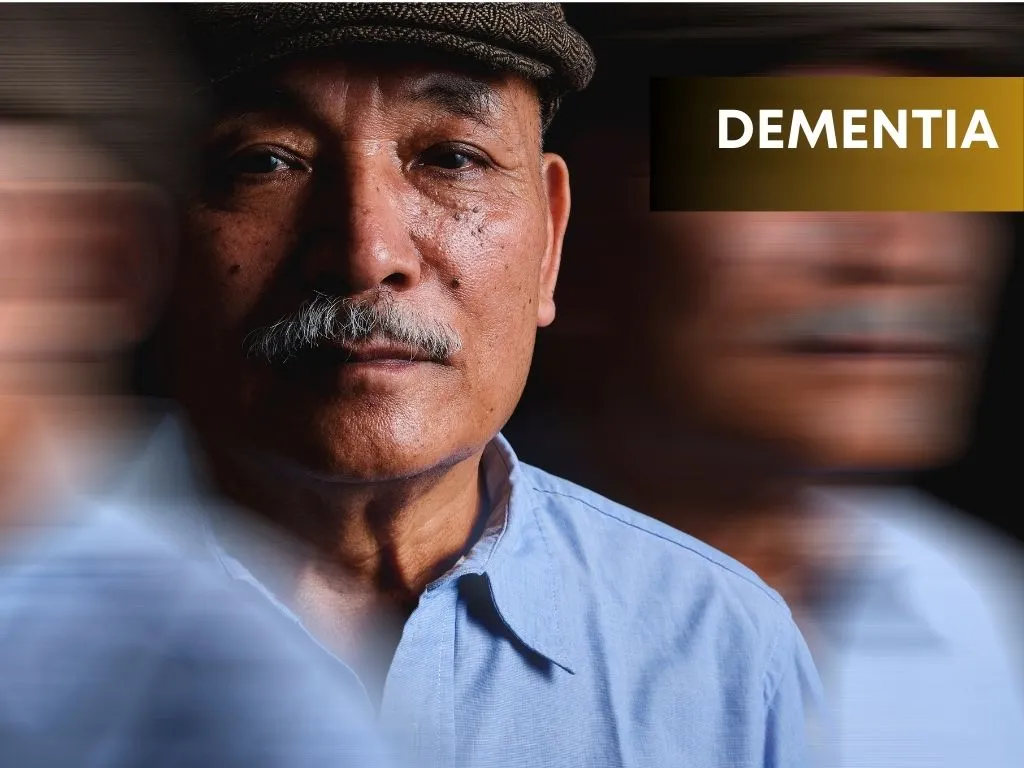
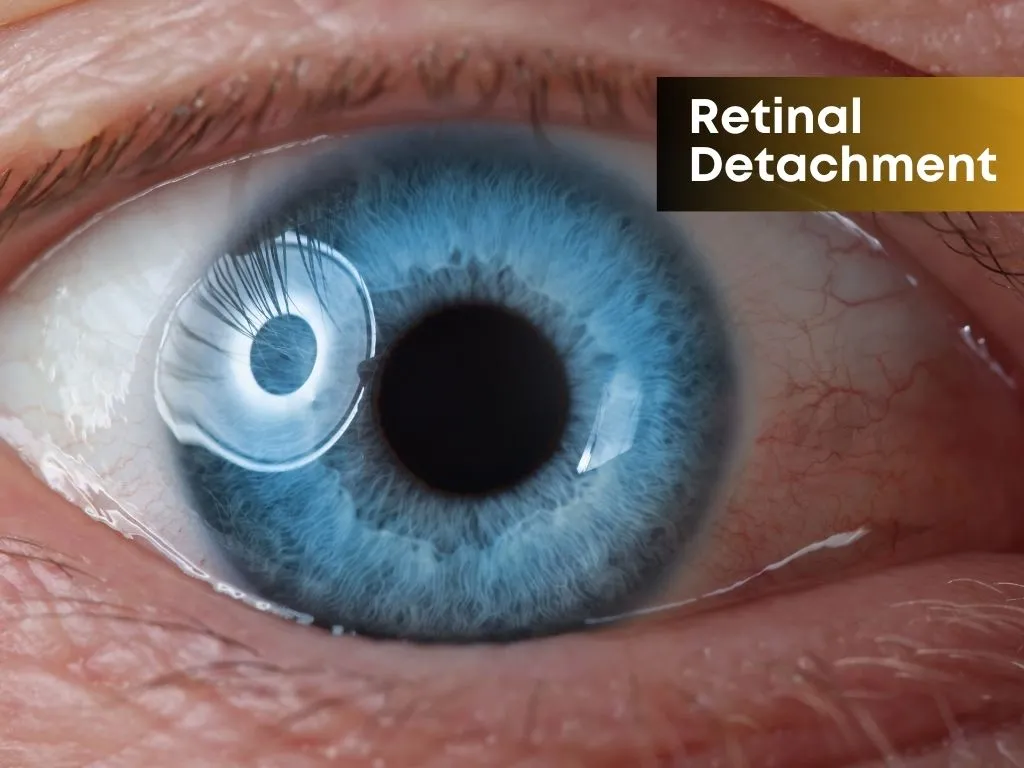
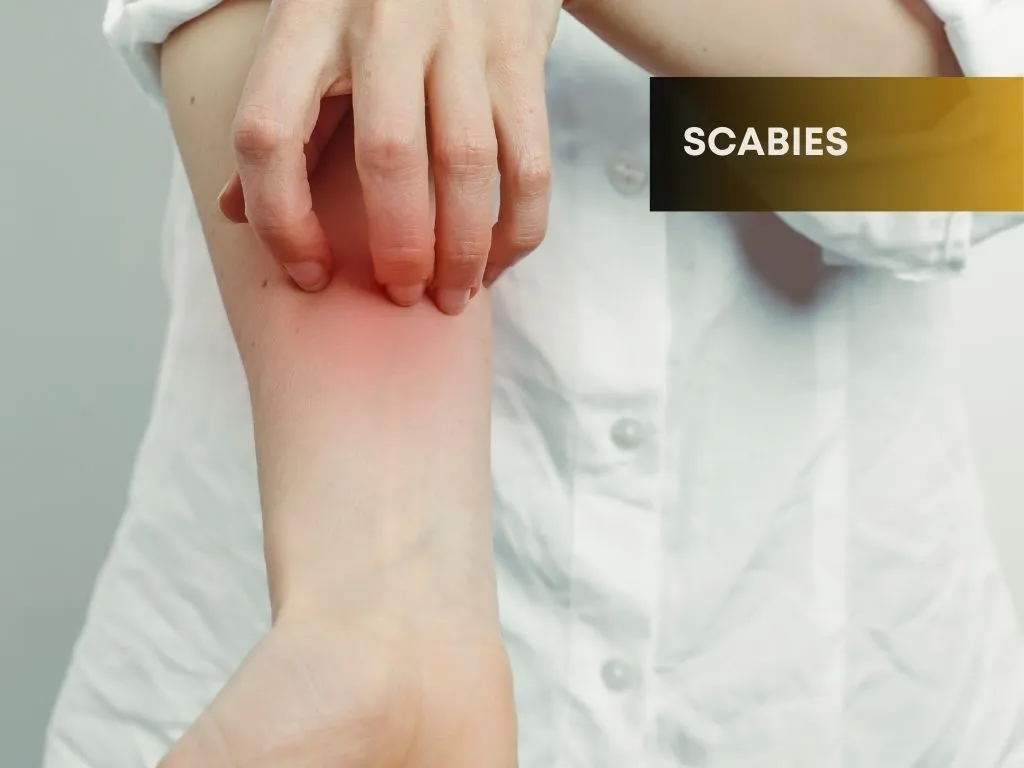

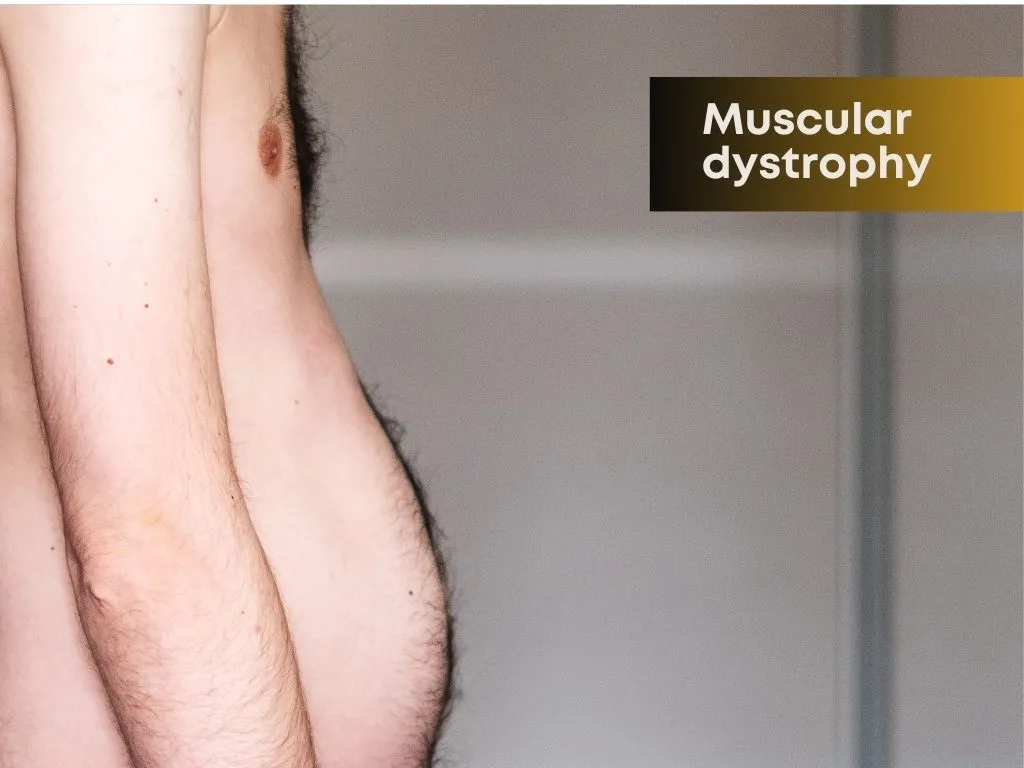

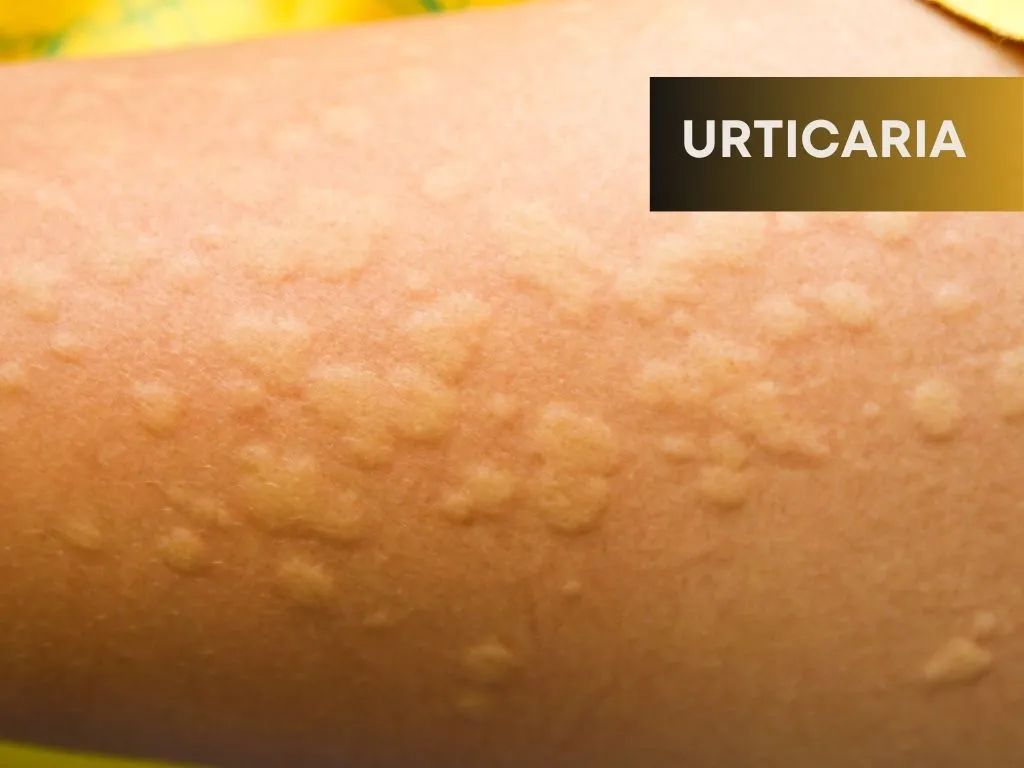
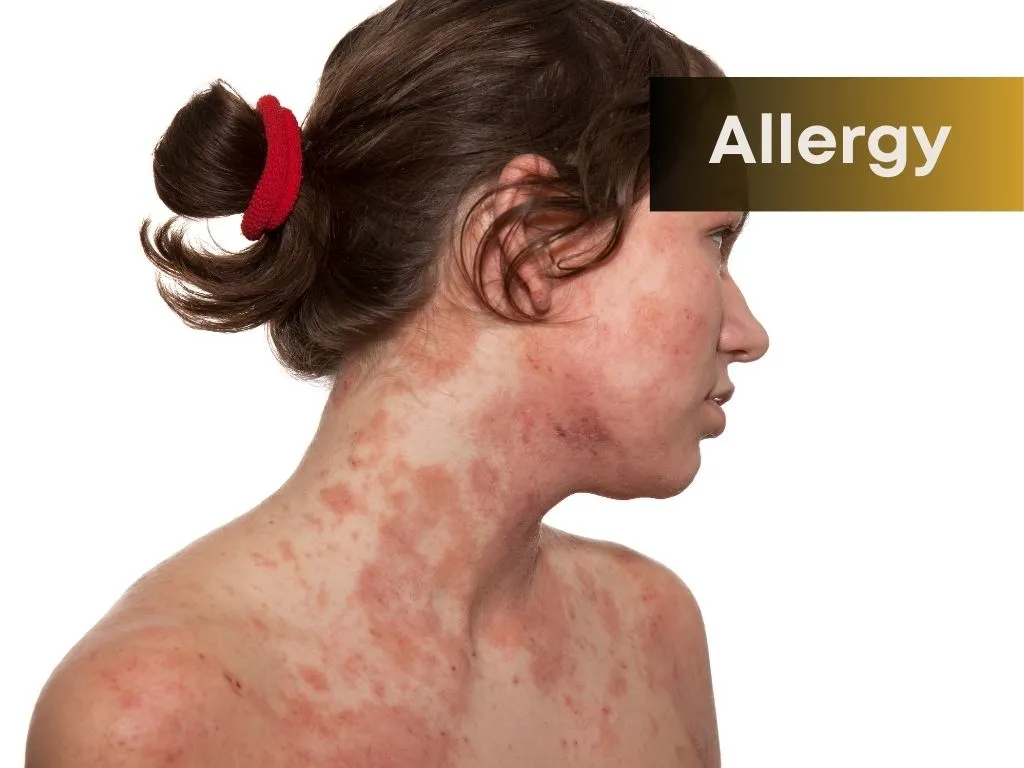


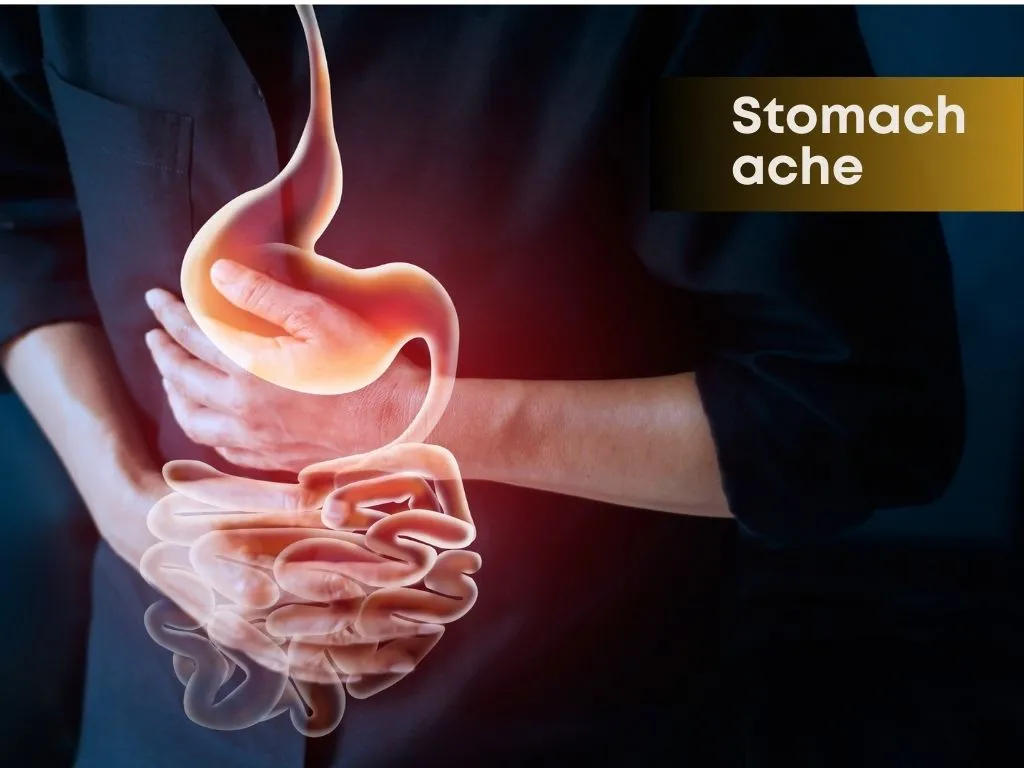
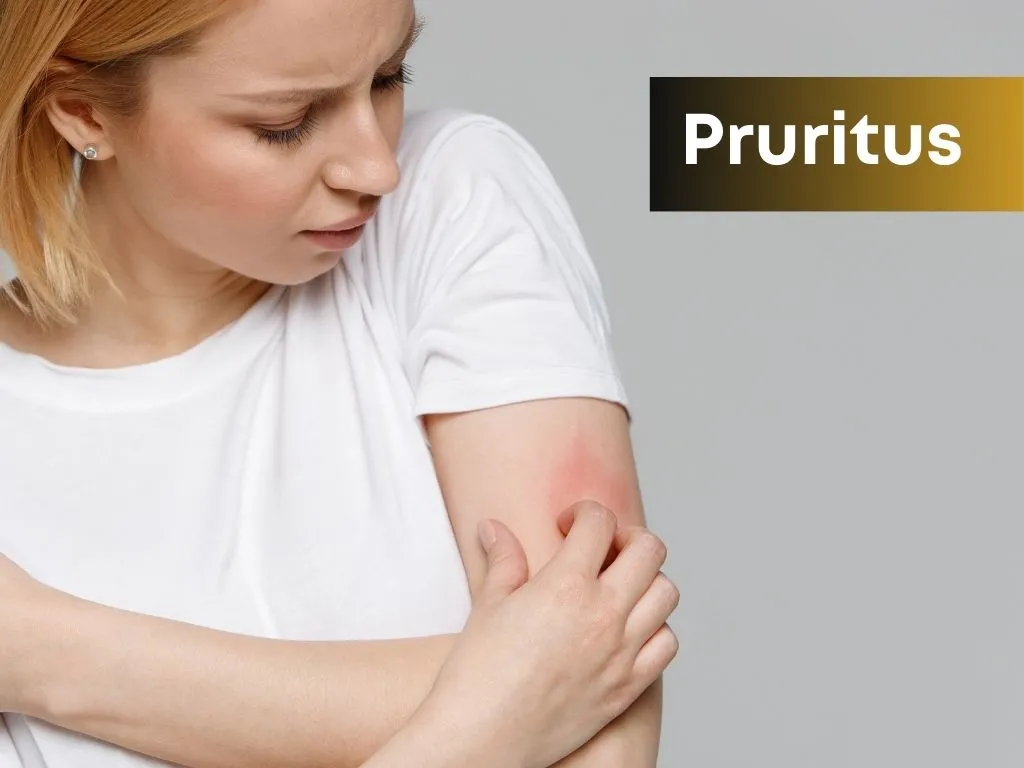
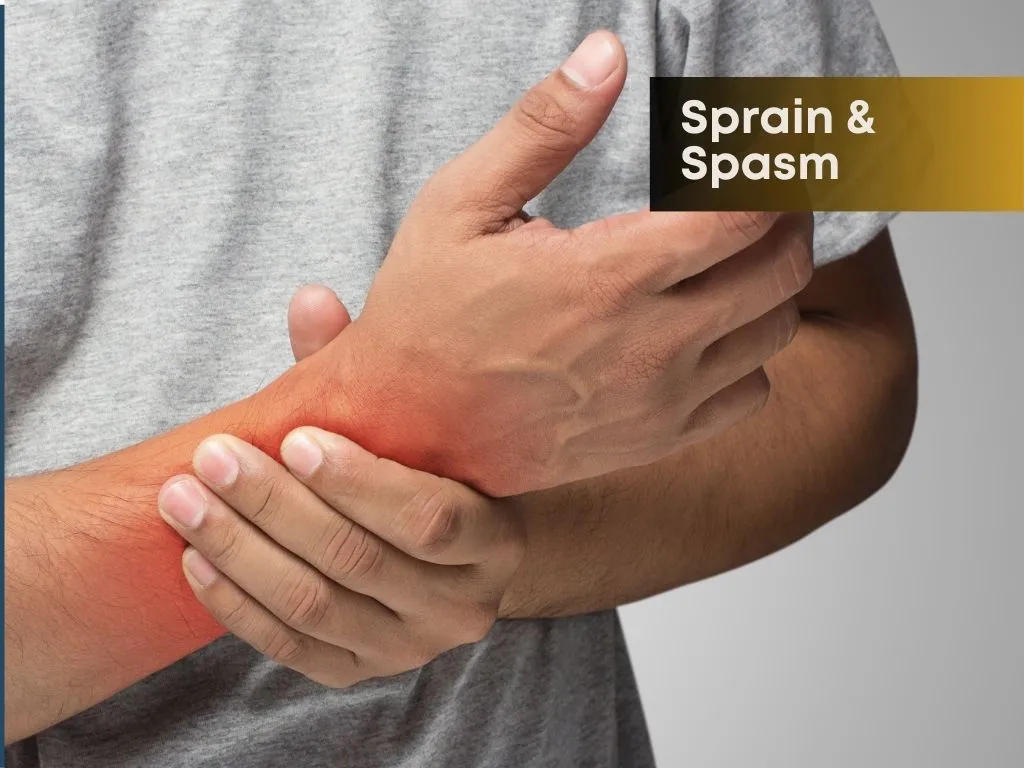
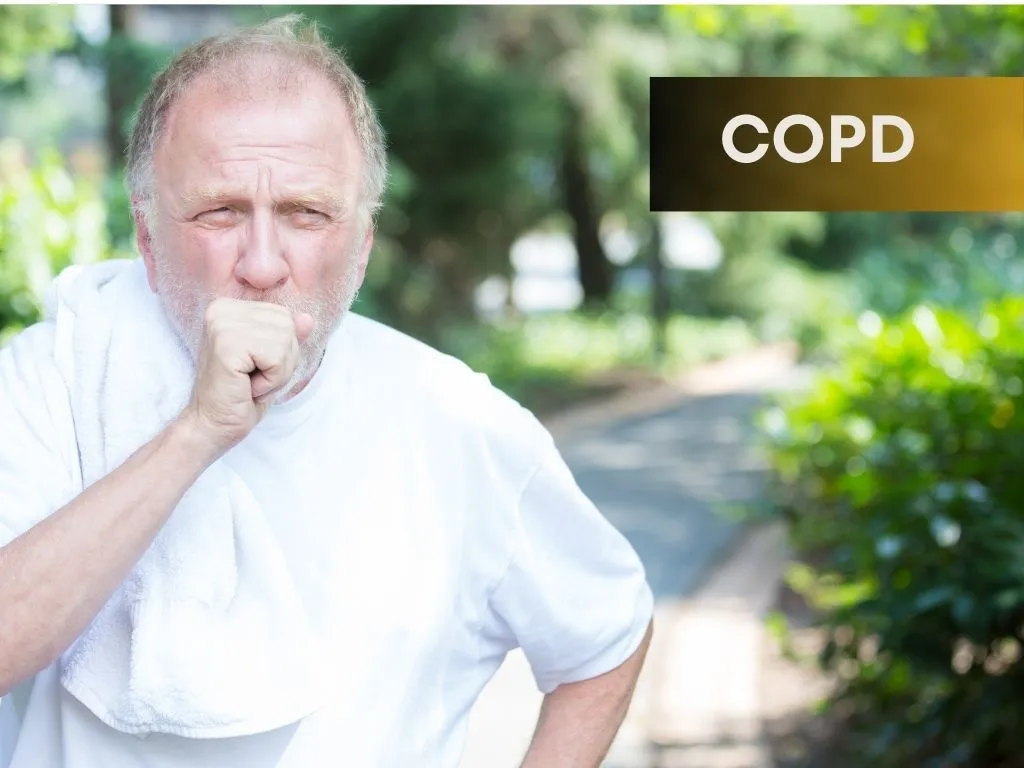
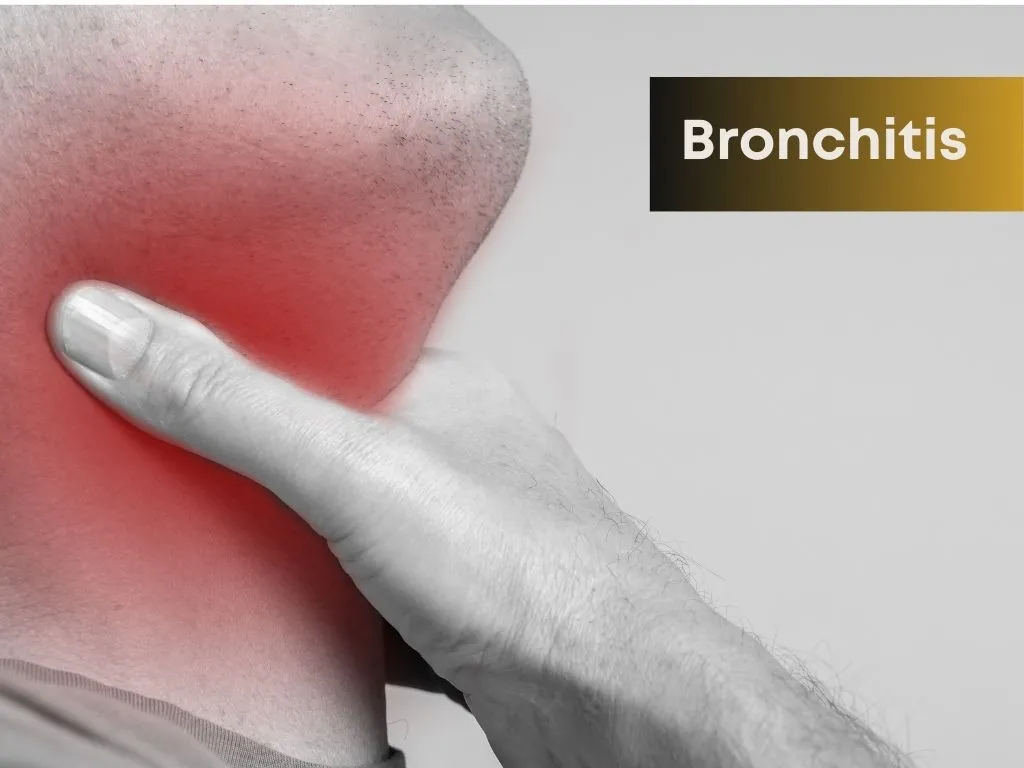
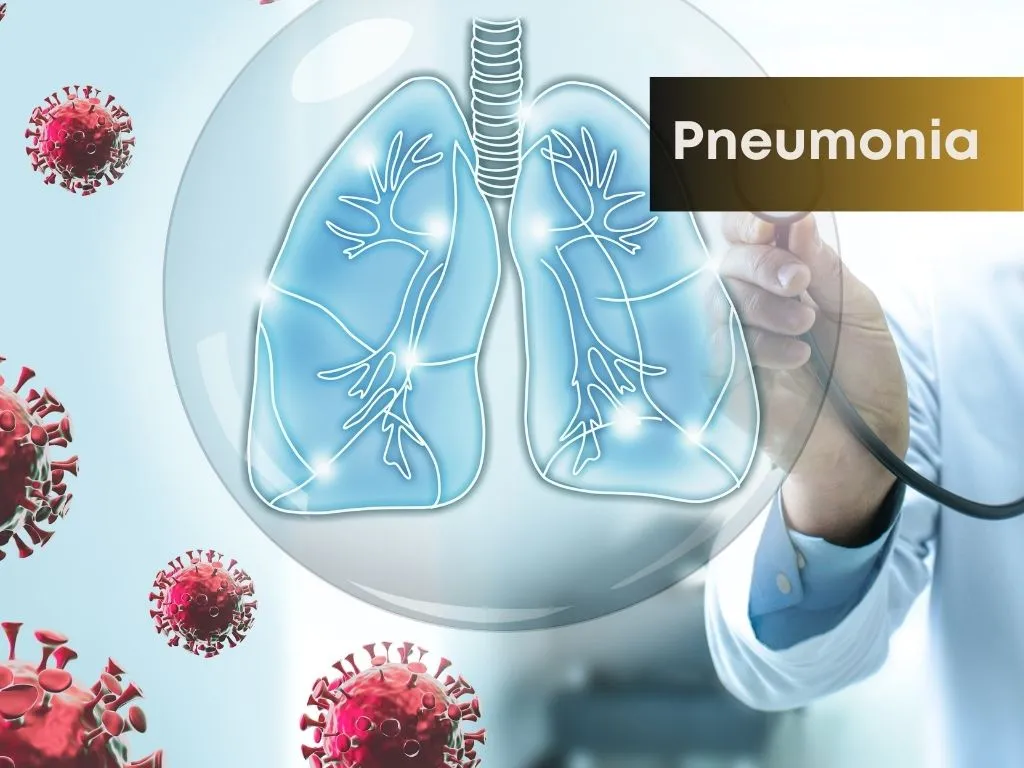
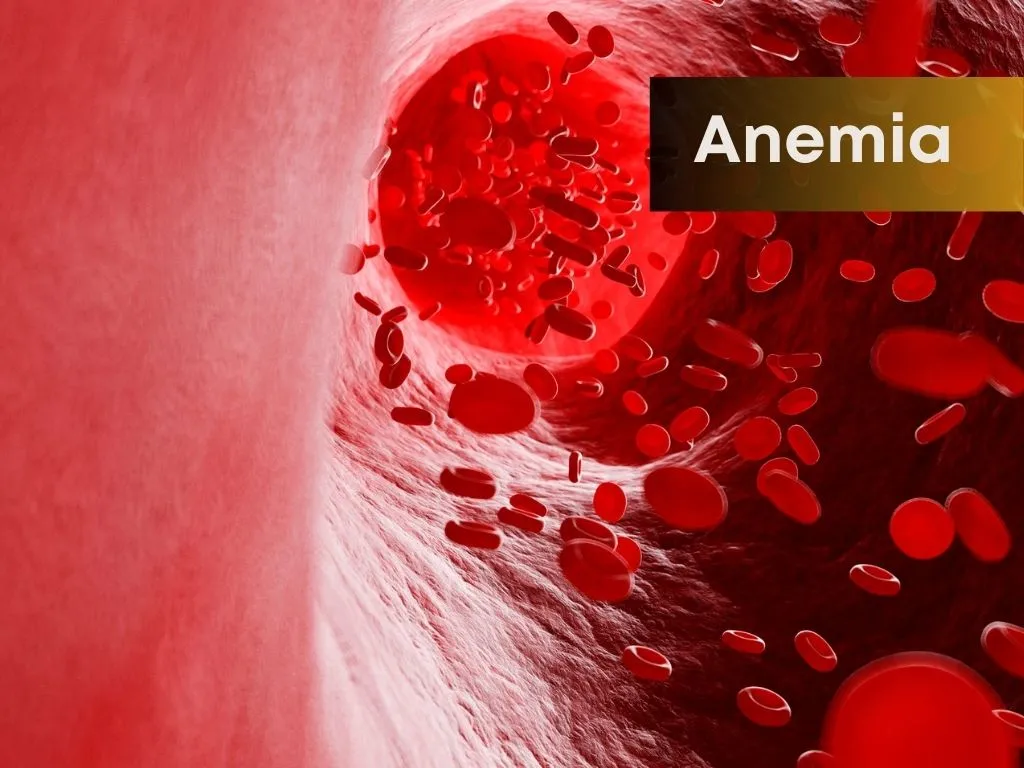

.jpg.webp)
